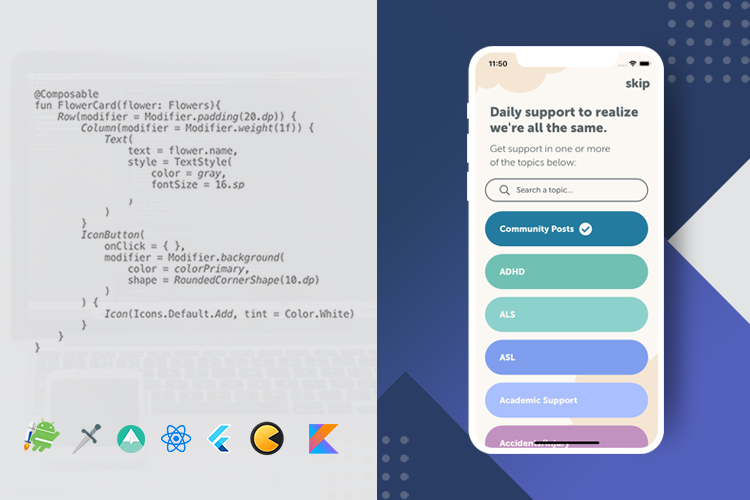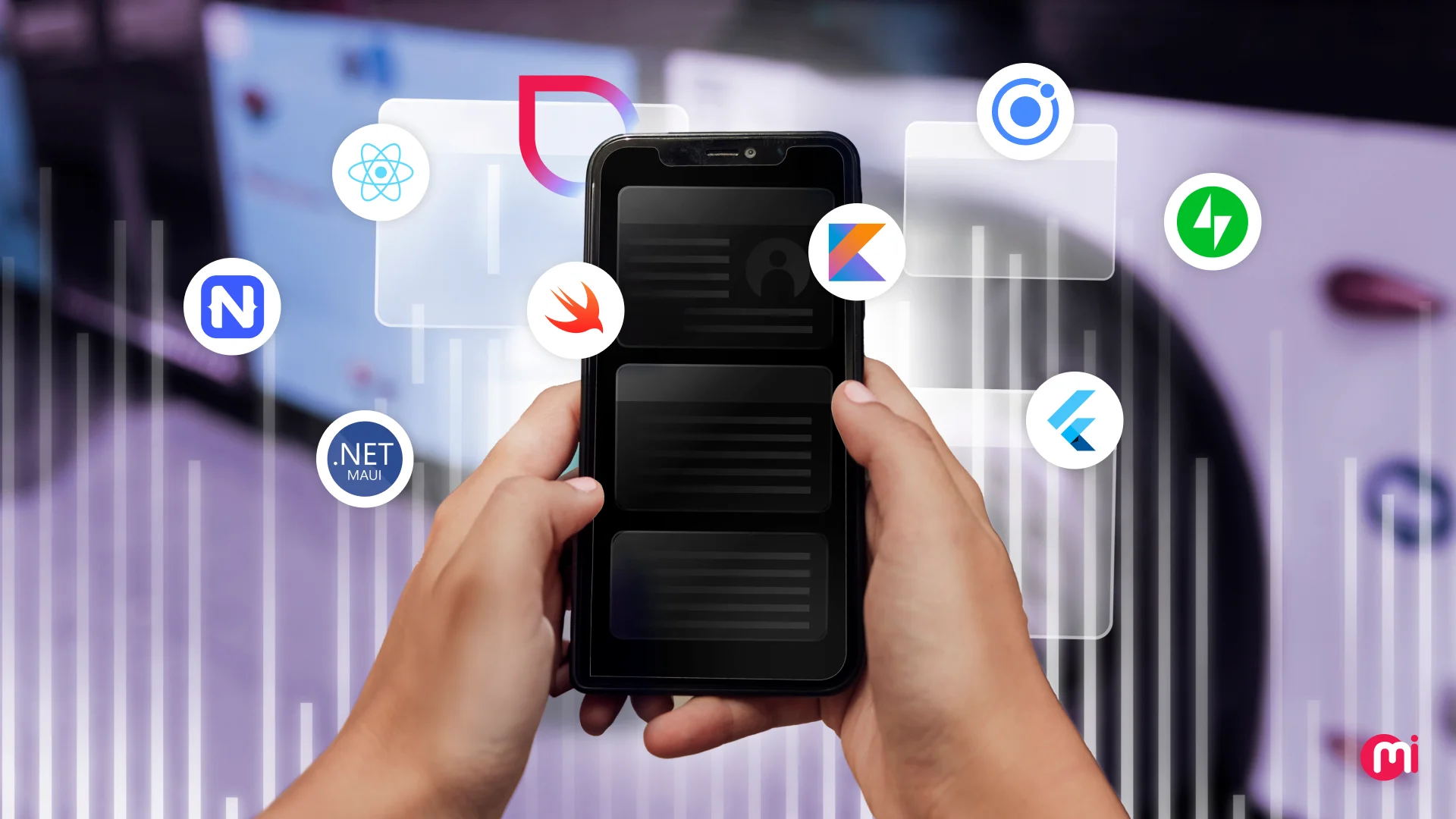Top Android App Development Libraries, and Frameworks to Use in 2024
- Mobile
- August 12, 2023
Since Google showed us Android the very first time in 2007, it has been the biggest whale of the smartphone OS market. It has been growing leaps and bounds with a plethora of different devices, which comes in hardware ranging from budget Android phones to Flagship state of the art devices and not just phones but it has a presence on our watches and TVs too.
At MindInventory, we always brainstorm on how we can make apps that meet all the expectations, take all the loads without giving a damn about anything, How can we make apps that do a lot without a single hiccup? Here are a set of best Android app development frameworks and libraries and when they make sense to use.
Best Frameworks for Android App Development
There are a plethora of frameworks available for the Android platform, which includes many cross-platform frameworks like Flutter, React Native to ones like Ionic. Let’s talk about each one with its ups and downs, starting with the default one.
Kotlin and Android SDK
Kotlin is an excellent language to work with, especially if you are a company providing Android app development services, as it offers an extensive set of features for your development needs. It has first-class features like Extension functions, null safety, Coroutines and Lambda expressions. Developers love the reduced boiler plate code they have to write compared to Java and the optional semicolon(;) at the end of each line is a delight.
If one has to deal with different types of devices like Google TV, Wear OS wearable devices then they might not have any choices and have to go with Native development kits only as almost none of the cross-platform SDKs give support for these devices.
On the other end, you can only develop for a single platform while using Kotlin. In the best case, one can try using KMM for logic and API calling while it doesn’t provide anything for the cross-platform UI design which needs to be done using the native development kits only.
Flutter
Flutter has been introduced in 2017, which is fairly recent when compared to other cross-platform SDKs. But it’s not that way for Dart, the language Flutter uses.
Dart is quite a mature programming language. It’s a modern typesafe programming language with features like Null safety, Extension methods and Higher Order functions which is handy and useful in tackling modern app development challenges.
Flutter allows developers to make great UI experiences using its composable and declarative approach which simply works on Android, iOS and Web seamlessly with surprising performance in all the platforms.
Flutter is poised to be available for Desktop too soon. Google ran a contest named Flutter Clock Challenge to make clock faces using Flutter. Choosing Flutter would be no brainer for apps, it can be even added to existing apps using Flutter add-to-app.
Flutter is quite easy to get started but it can be challenging to tackle complexity for developers who have a functional programming mindset.
On the other hand, Flutter does not support Wear OS and Apple Watch as of now. If you want to utilize your code in different form factors like TV and Wearables then Flutter doesn’t work on them just yet.
Also, Flutter won’t get any latest functionality or UX update as soon as Google or Apple releases it as Flutter does not use the first party UI toolkits provided by Apple and Google instead it does render its own widgets.
Rendering its own widgets helps Flutter to achieve the same level of accuracy and performance on different platforms although as mentioned above it won’t be first for the UI/UX updates released by the respective ecosystem owners.
React Native
After Android and iOS, React Native is the third largest platform on which developers have built apps. Undoubtedly, it is the leading cross-platform SDK for mobile apps. It is the preferred choice of a large community of JavaScript developers due to the use of JSX.
Unlike Flutter, React Native uses real native platform specific components, which assures native appearance and performance. For which developers need to write code only once while getting support for both Android and iOS platforms.
React Native is a tried and tested SDK with a number of well-known apps from Facebook.
React developers do complain about long times for building binaries, at the same time you can not use the same code for web and other platforms. There is React.js for that on the other end UI made with Flutter simply runs on different platforms without much hiccups.
Read also: Flutter Vs. React Native: Let’s See Who the Winner is
Best Libraries for Android App Development
Libraries play a major role in the development of any framework. It reduces the efforts to develop the things we use most often during the development. Thanks to authors and a large developer community, we have countless libraries available with us.
It is being said that the number of libraries available for frameworks shows its popularity in the community. Let’s discuss the library that we are using here at MindInventory.
Android Jetpack
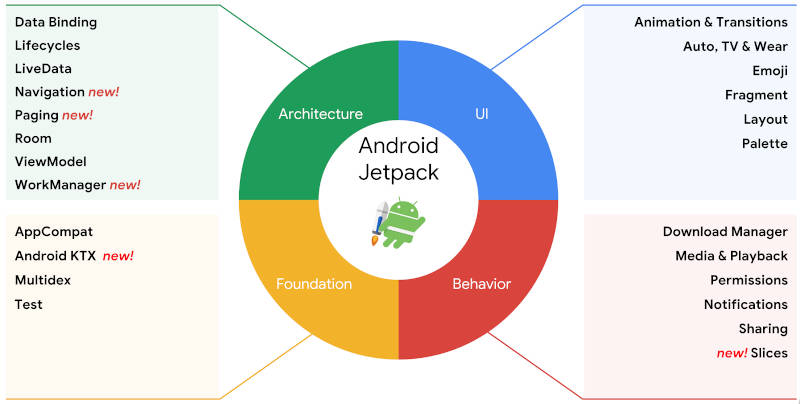
At Google I/O 2018, Google has announced a collection of libraries for native Android app development. It helps us follow best practices, reduce boilerplate code, and write code that works consistently across Android versions and devices. Below is the chart of libraries we are using most often while developing an Android app.
Dependency Injection Frameworks
Dagger2/Hilt
When it comes to dependency injection, Dagger2 is at the top of the queue. Recently the Android team has released the newer version of it as Hilt. Dagger is a static dependency injection framework that works on the basis of annotations.
Koin
Koin is developed in Kotlin. It takes less configuration compared to Dagger2. It supports lazy injection and ViewModels and it generates much less boilerplate code than Dagger 2.
Also Read: Top Security Measures for Android Application Development
Network
Retrofit
It’s one of the best type safe HTTP-clients for Android and Java. It is very easy to implement a common choice of developer. It also supports popular serialization libraries so we can choose according to our requirements.
Volley
Volley is developed by Google. It supports the scheduling of network requests. If you are looking for a network client for all the network operations including image loading, this will be a better choice.
Image loading
Glide
With Glide it’s easy to fetch, decode, show video stills, images, and animated GIFs. It provides a flexible API to allow developers to plug in to almost any network stack. Due to its support of video stills and GIFs loading, Glide is a choice of most of many developers.
Fresco
Fresco is backed by Facebook. Compared to Picasso, it loads images faster. It lets your application run faster and reduce the OutOfMemoryError.
Coil
It’s the first Image loading library fully built-in Kotlin, it also supports Coroutines. The Coil is: Fast, Light weight, Easy to use and Modern.
Analytics and Crashreporting
Firebase Analytics and Crashlytics
Firebase is one of the best solutions in Android apps for analytics and crash reporting. It tracks the crash reports real time. We can define our own events to track the behaviours of our users.
Also read: How To Choose The Right Tech Stack To Build A Mobile App?
Android Libraries Developed by MindInventory
Being a part of the community it’s our responsibility to contribute in every possible way. Here at MindInventory, we believe in giving back to the community. As a part of our open-source contribution, we have developed several libraries that we can use in our Apps.
Overlap-Image-View
OverlapImageGalleryView is a flexible library that helps you to create overlapping images in your android Application. It supports all the popular image loading libraries like Glide, Fresco or Coil.
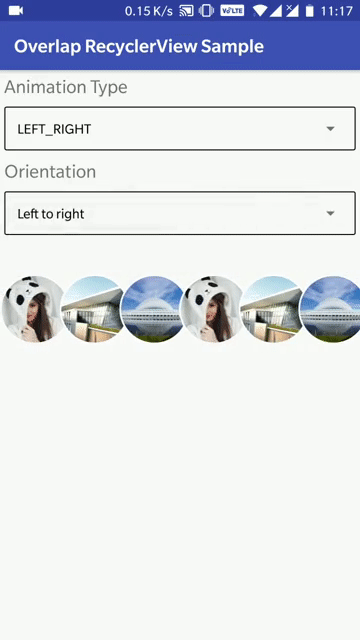
Vanilla-place-picker
It’s a simple yet useful solution for picking the place. It is backed by Google Maps and Google Autocomplete SDK. It provides a UI that displays an interactive map to get the place details and Autocomplete functionality, based on inputs it displays place predictions.
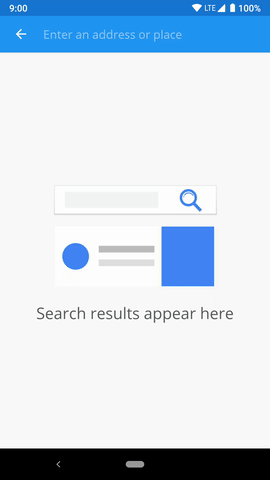
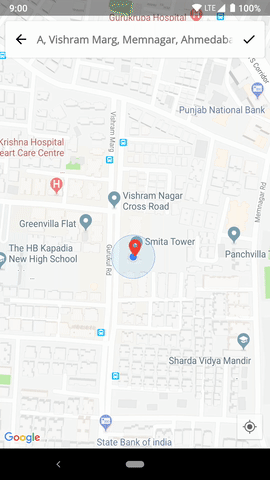
We often come across a requirement where we need the precise location of users via map or autocomplete. Vanilla Place Picker is developed in a way that you can add it easily to fulfil the requirements.
FCMHelper
Push notification using FCM has become a common requirement nowadays. To create a Firebase notification service in just a few clicks we have created this Plugin for Android Studio.
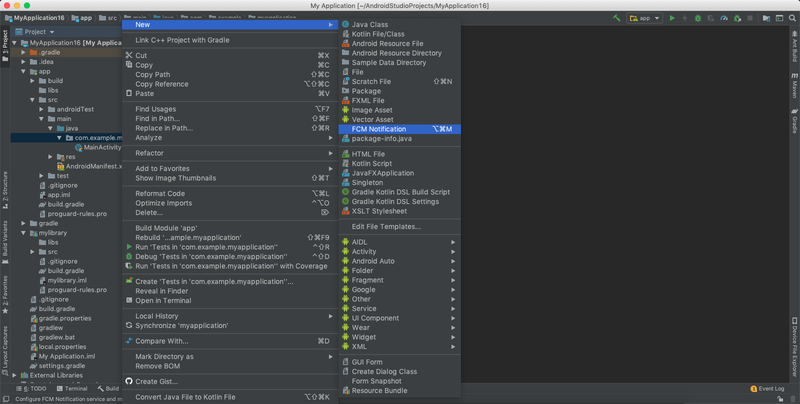
This plugin will auto-generate configuration with push notification services and metadata, which allows developers to implement with less effort.
CircularCardsStackView
Swipeable card view helps you to easily represent the data and give a rich feel and look to the UI design. CircularCardsStackView is an Android library for dealing with swipeable card views.
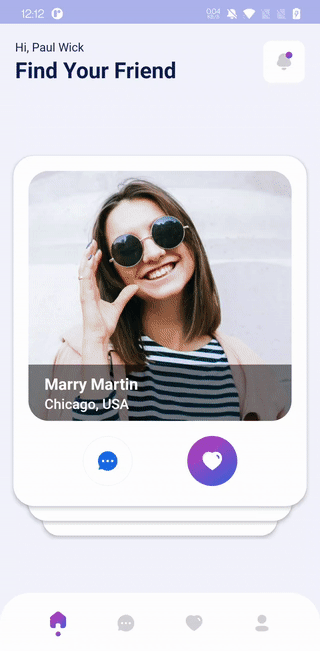
CircularCardsStackView has a plethora of features like easy setup, Android 11 support, endless card stack, support to all resolutions with portrait orientation, and many more.
WalkThroughAndroid
This Android library helps you customize your onboarding screens as per your requirements. You can use different colorful animations, fonts, styles, and many more indicators to customize as per your needs.

And this list is not over yet, We have created countless libraries for many platforms, please checkout our Github/MindInventory for more libraries and let us know which library you liked and would like to explore.
To Conclude
There are a lot of frameworks, libraries, SDKs for quicker Android app development. But, we’ve explained some of the best here. Knowing these frameworks, libraries and SDKs will surely help you improve the quality of Android apps.
